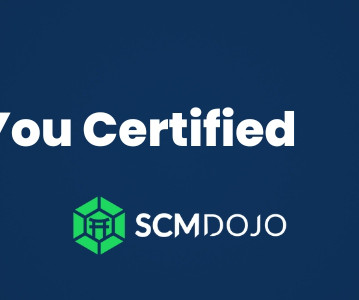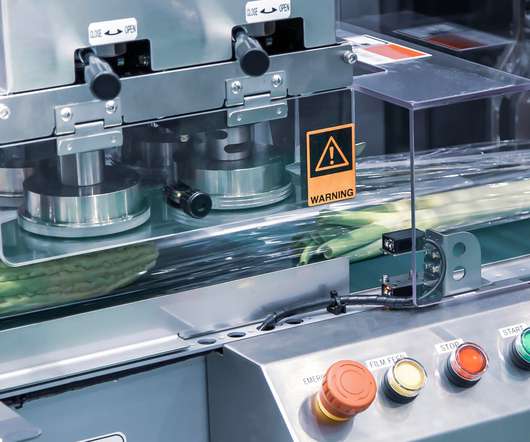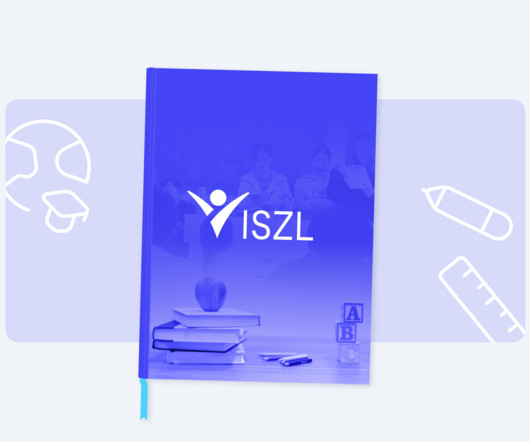Provoking the Industry to Move Past Incrementalism
Supply Chain Shaman
JUNE 7, 2018
When we study 600 public companies by peer group, at the intersection of inventory turns and operating margin, only 5% drive improvement. In today’s supply chain, these traditional assumptions are usually false; yet, we try to use old-fashioned tools to drive better decisions without testing the output of the systems. Moving Forward.










































Let's personalize your content